When the 2011-2016 Kia Rio was introduced in Australia, Kia hoped it would be a huge success in the small car market. And it was.
The South Korean manufacturer sold tens of thousands of Kia Rios during the third-generation’s six-year cycle. In fact, after the first year of a year of sale it had already made up ~10% of its market segment.
Most people think that the third generation Rio was the car that turned everyone’s perspective of Kia from a disposable white good manufacturer to an established automaker that could keep up with the ‘big boys’.
Price & Specs: 8.0/10
When launched in 2011, the Kia Rio started off with the $15,290 3-door manual S, which included a four-speaker stereo, anti-lock braking system (ABS), air conditioning, auxiliary audio input, central locking, traction control and electronic stability program (ESC). Want two extra doors? That’ll be an extra $1000 for the $16,290 manual S 5-door hatch.
Stepping up the SI added $3,700 ($18,990) to the base S and for that you got a tilt and telescopic steering wheel, 16-inch alloy wheels, cruise control, front fog lights, a leather steering wheel and a 6-speaker stereo.
The SLI came at a pinch under $20k ($19,990) and added larger, 17-inch alloy wheels, LED daytime running lights, automatic headlights and power folding mirrors.
The top-of-the-range SLS was a 3-door only model and cost the same as the SLI. But you gained in spec what you lost in doors, as the SLS featured rain sensing wipers, exposed exhaust tips, leather seating, keyless entry & start, and automatic climate control.
Of all the variants in the 2011-2016 Kia Rio line-up, the SLS was the best equipped of the bunch. But if you needed the practicality of a 5-door (which most of us do), then the SLI is to go for.
At the time of writing, third-gen Rios range from $4,500 to $15,000.
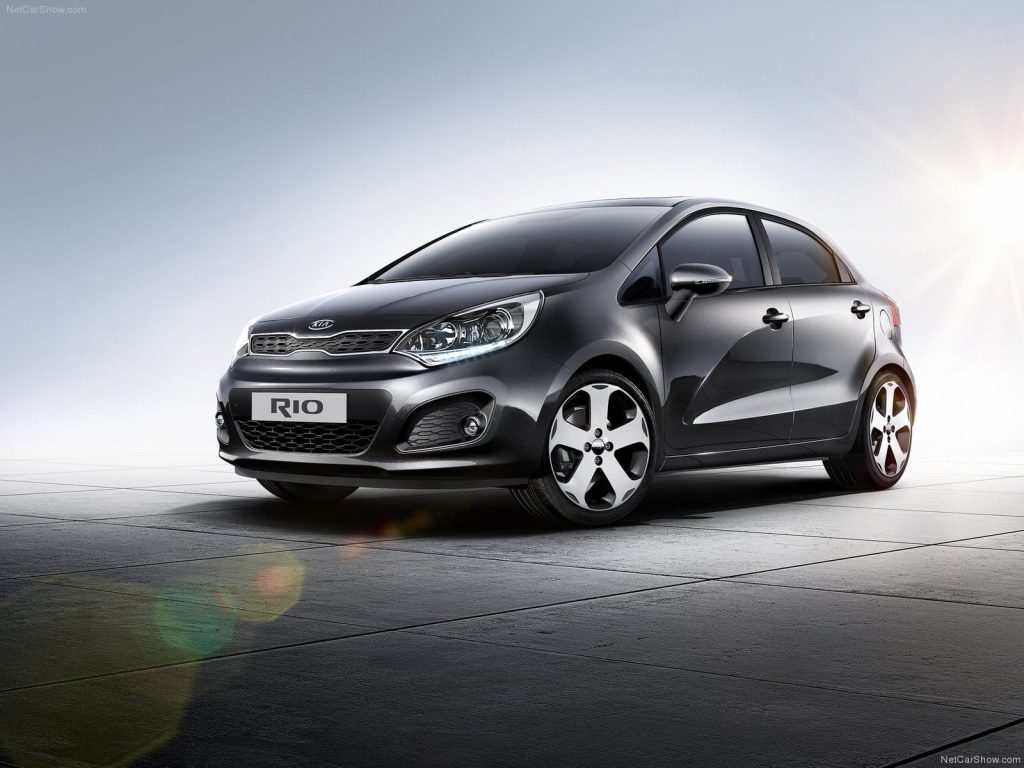
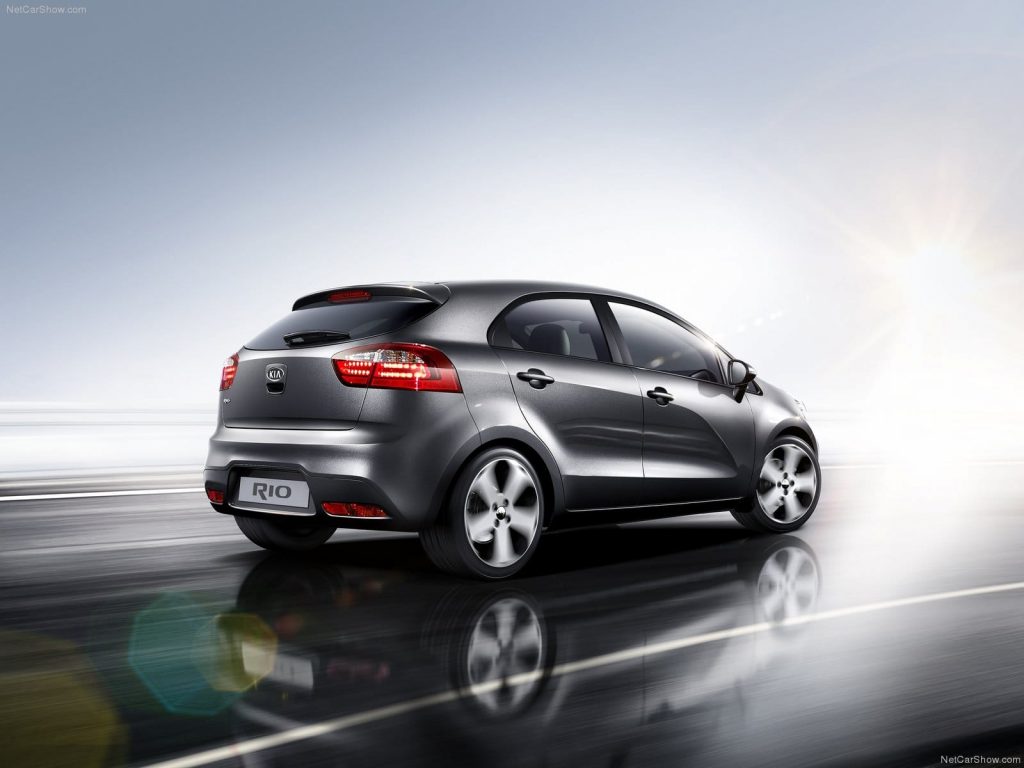
Performance & Economy: 8.0/10
The Rio S came standard with a 1.4-litre four-cylinder petrol engine producing 79kW of power and 135Nm of torque channeled through the front wheels. A diesel-engine was not offered to the Australian market.
Transmissions include the standard six-speed manual gearbox, with its light clutch and easy shift, and the optional four-speed automatic which could be had for an extra $2000.
We’d recommend the manual as the auto is far too sluggish.
The SI, SLI and SLS received a larger 1.6-litre four-cylinder engine that produced a class-leading 103kW and 167Nm of torque. This is the one to go for – the engine is much peppier around town and performs admirably on longer trips.
Ride & Handling: 7.0/10
The steering feel of the Rio is nice and light, making it easy to manoeuvre around town and into parking spots. The only issue with the Rio is its rear visibility which is exacerbated by large C-pillars. Reversing out of parking spaces could be an issue for some.
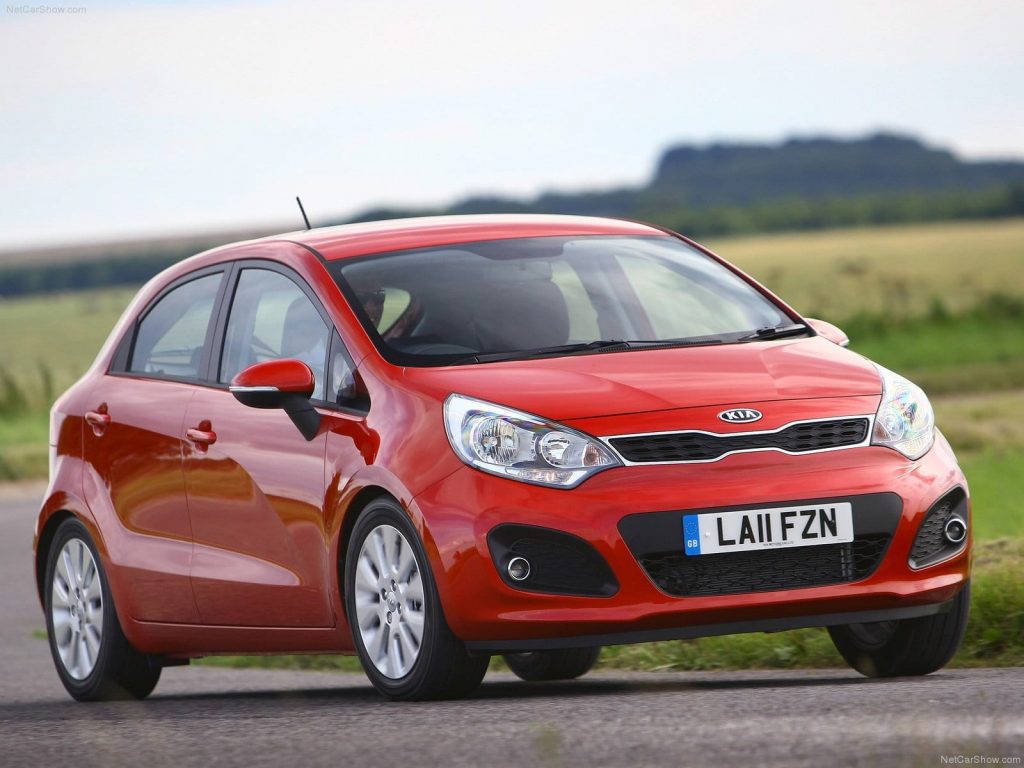
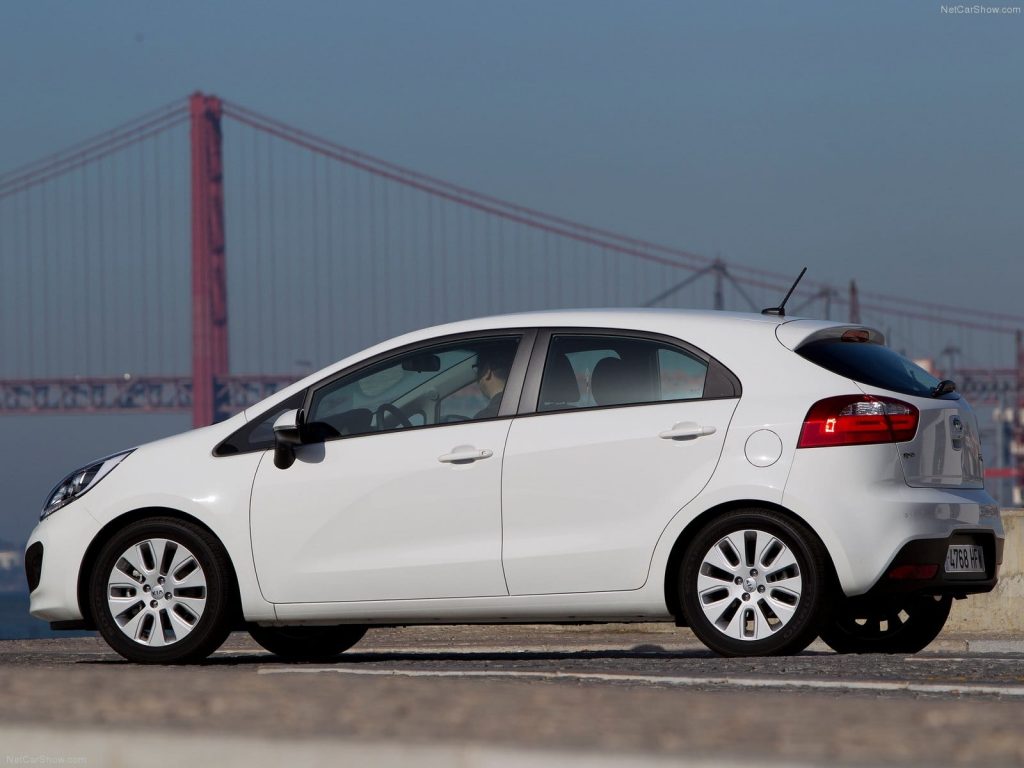
Interior & Practicality: 7.0/10
Hats off to the Rio’s ergonomics. Everything, including radio controls, HVAC controls, and cruise control & steering wheel functions, are all exactly where you’d expect them to be and fall to hand perfectly.
The cloth seats are comfortable and quite supportive even on longer trips.
One other feautre is the 2011-2016 Kia Rio’s big windows, which let in a lot of light and make it feel very spacious. The rear seats don’t feature air vents however, creating a double-negative that could make summer road trips quite uncomfortable for rear-seat passengers. The boot of the Rio is quite generous for a small vehicle swallowing 288 litres of cargo.
The only note to point out is some of the interior plastics on the window switches and door trim haven’t stood the test of time. Thin paint and years of use has littered them with scratches on our evaluation vehicle. Keep an eye out for that when you shop around!
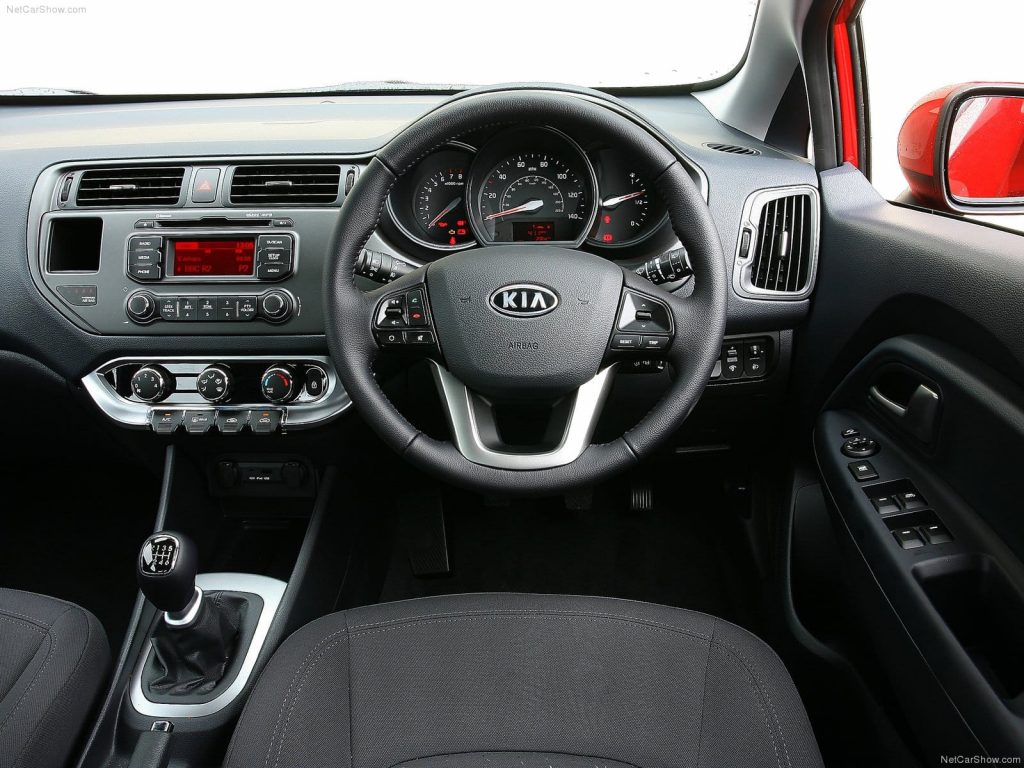
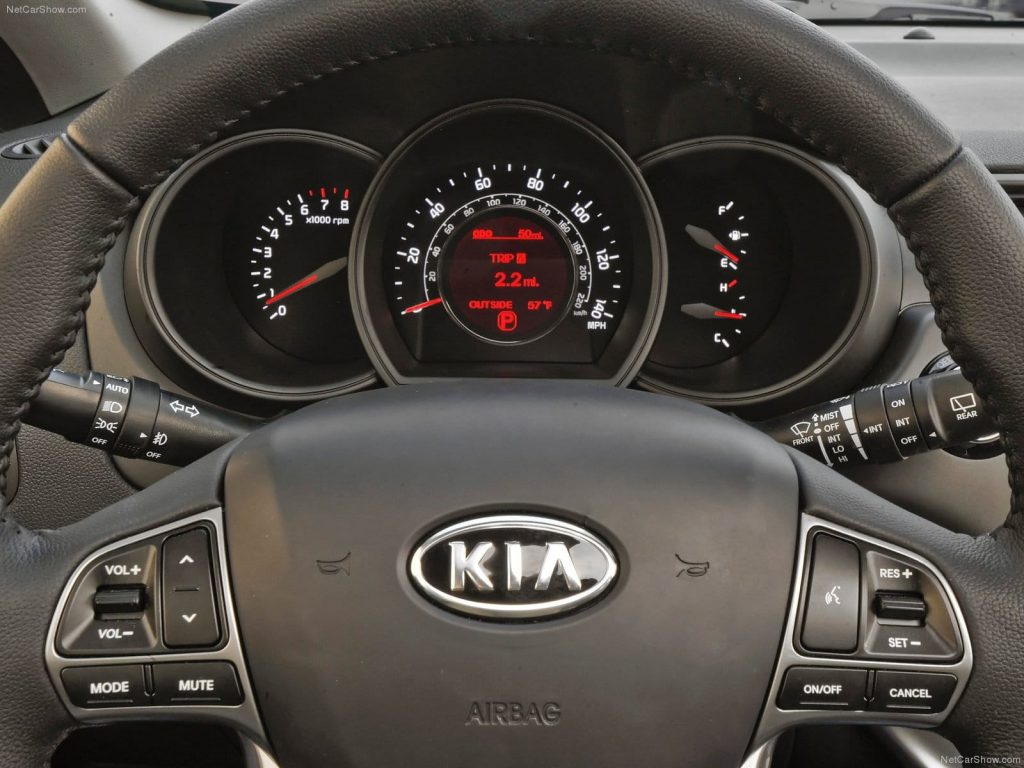
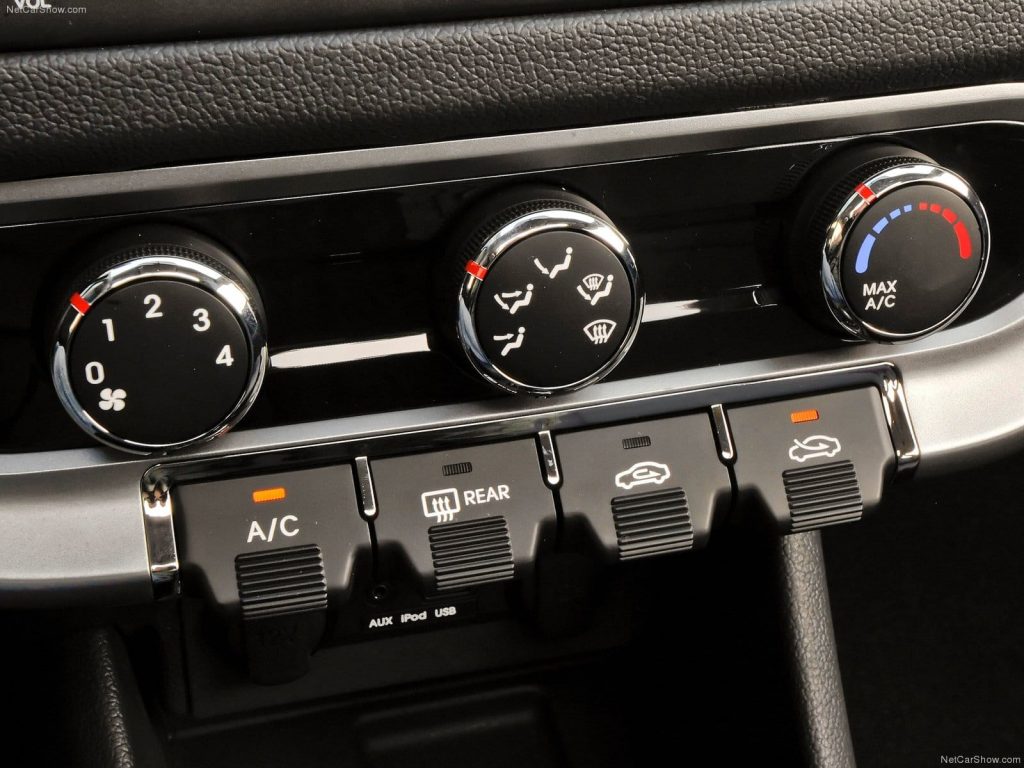
Running Costs & Reliability: 8.0/10
The 2011-2016 Kia Rio’s engines are seemingly bulletproof (if they have been serviced on time and looked after!), so there’s no real concern here. Justst make sure the example you’re looking at has a full service history.
The only gripe most people have with these engines is that at 100,000km Kia recommends replacing the timing belt, which costs around $700-$1,100 depending on where you get it done.
We hear servicing the rest of the Rio is easy enough, with service intervals set 15,000km/12 months apart. Expect an average service to cost roughly $200.
2011-2016 Kia Rio DiscoverAuto Rating: 7.5/10
With its peppy 1.6-litre engine, good service intervals, and reliable drivetrain, the 2011-2016 Kia Rio makes for an excellent used-car for first-time buyers and families looking for a second vehicle.
For those looking at a Kia Rio consider looking at a Volkswagen Polo or a newer Kia Picanto. The Polo is the same size as the Rio and the interior is slightly better quality while the Picanto is slightly smaller but is newer and safer.
We would recommend finding a low kilometre example Rio SLI or SLS (depending if you require a 5-door bodystyle).
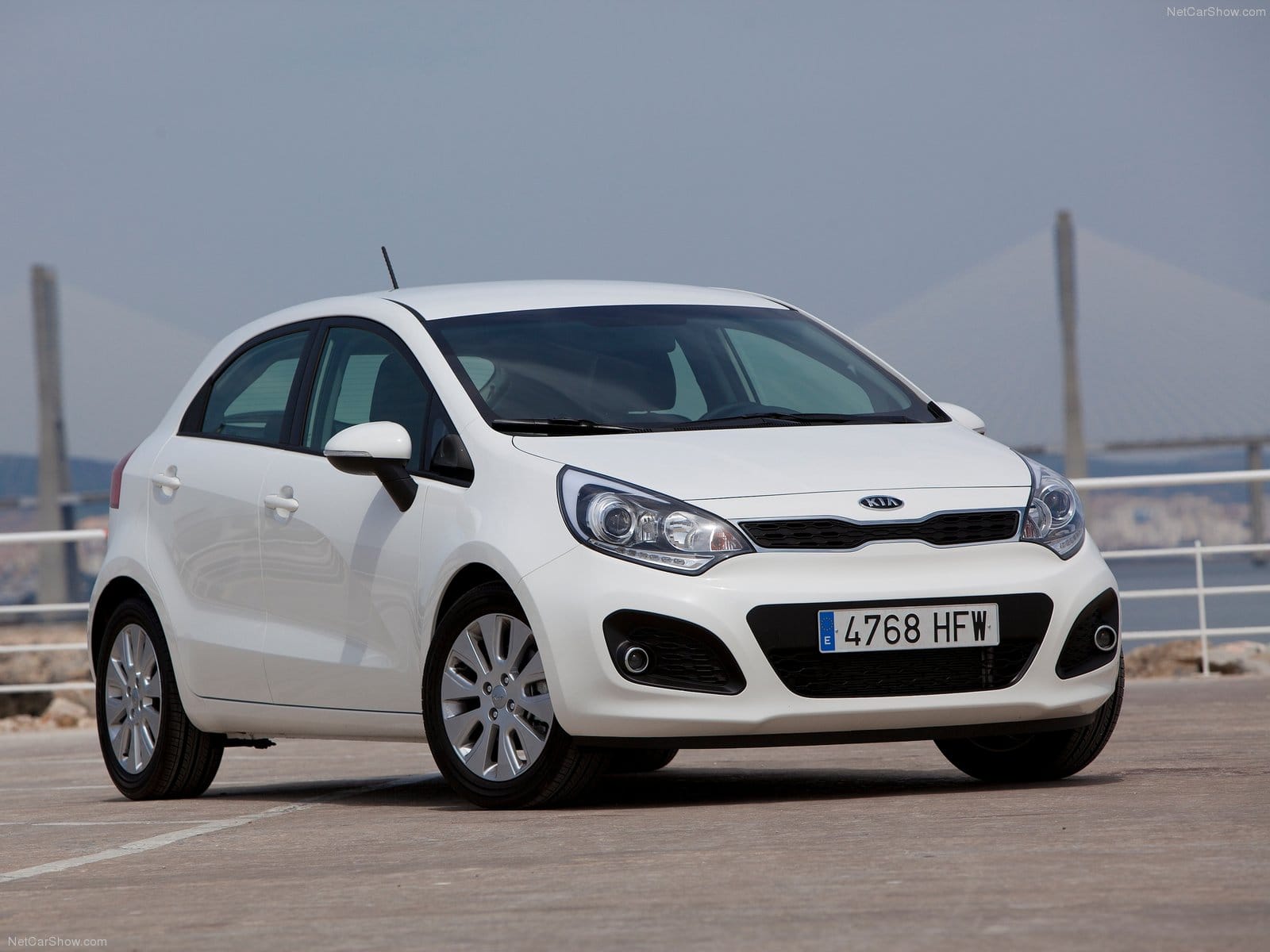
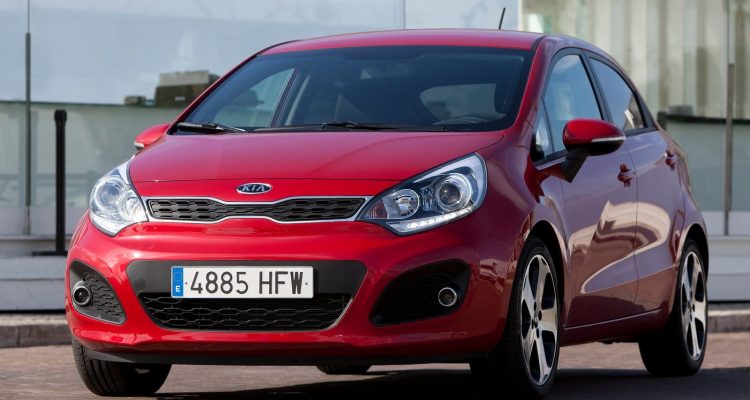
Leave a Reply